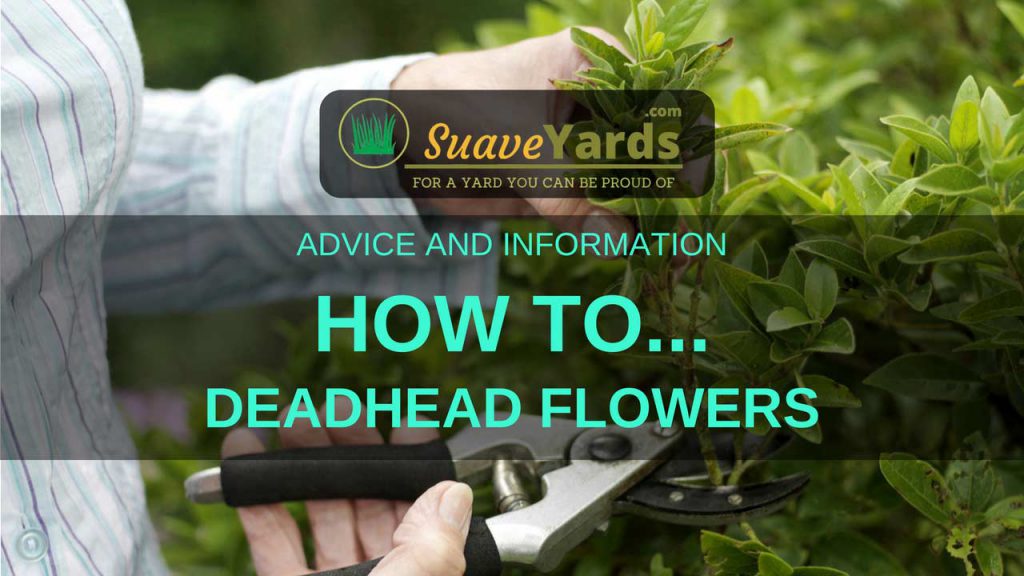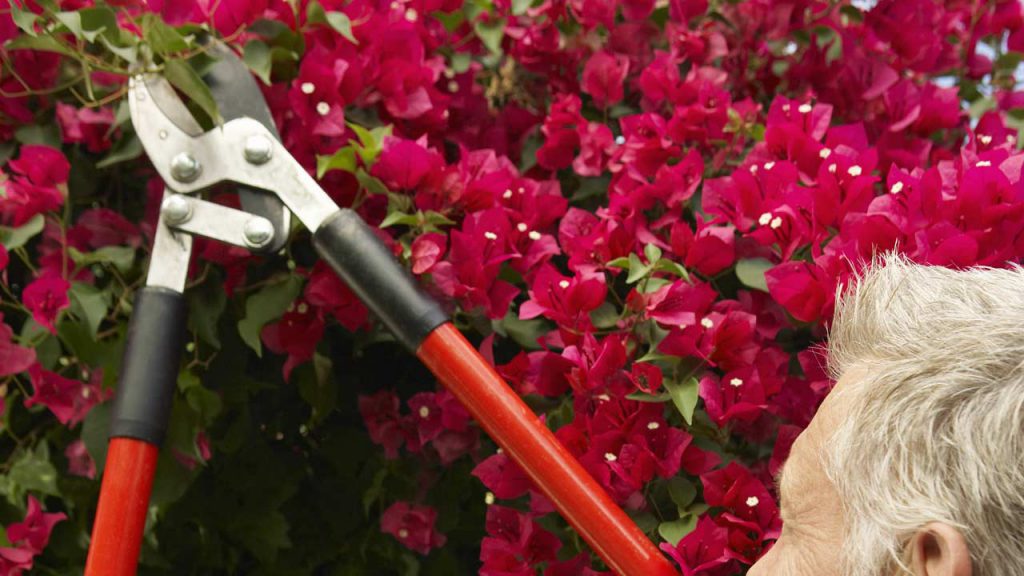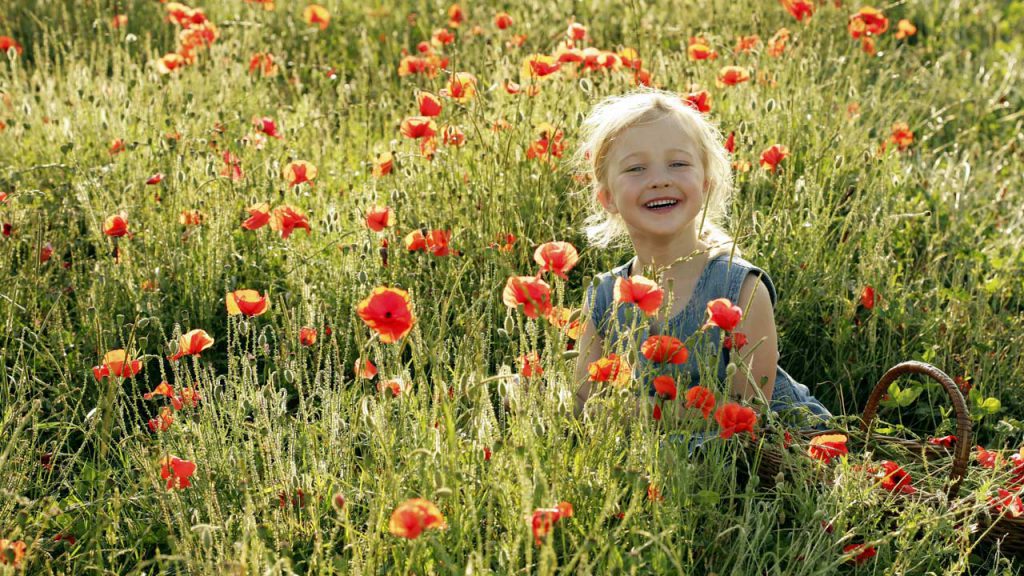
The simple truth is if you grow flowers you will have to deadhead them on a regular basis.
Learning how to deadhead flowers will keep them looking healthy and enable them to keep growing.
The benefits are huge and we are going to tell you about them right now
The Benefits Of Deadheading Flowers
Deadheading is beneficial to both the health and aesthetic appearance of growing flowers, and there are a few reasons why you should consider doing it regularly:
Healthier Plants
Dead or spent leaves and flowers become an unnecessary burden on a plant. Such withered parts provide no real benefits to the plant. However, plants will still direct lots of valuable nutrients and energy in trying to sustain such parts.
So how does it help?
Removing dead and spent flowers will make the plant healthier as there will be less wastage of precious nutrients and energy.
Beautiful Plants
Deadheading flowers will make them look more appealing. Withered flowers look pale and shriveled and their presence can create an eyesore.
Removing the dead flowers anytime you spot them will ensure that only the healthy and beautiful flowers are left on the plant.
And that will look great.
New Blooms
As flowers mature, they begin to shed their petals and start forming seeds instead. This process takes up a lot of energy and in most cases the plant will stop forming new blooms. You might end up with particularly ugly plants that have more seeds than flowers.
And you don’t want that.
There is also the likelihood that some of these seeds will germinate and overcrowd your growing space. Deadheading will save you the pain of going through this trouble.

How To Deadhead Flowers – The Easy Way!
Now you know the importance of deadheading; it’s time to learn how to do it correctly. Deadheading is among the most straightforward gardening activities and it won’t take up too much of your time. You also don’t need any special skills or tools.
So lets get to it.
Choosing The Right Time
Gardening experts recommend deadheading to be carried out from the onset of spring to the early summer season.
Most flowers start to bloom during these warm seasons and routine deadheading will keep them looking fresh and beautiful.
Remember:
Deadheading should never be done during autumn and winter. Flower buds start to develop during the cold seasons and it is easy to accidentally remove these buds or leave them dangerously exposed.
Identifying The Dead Flowers
The whole purpose of deadheading is to remove flowers that have started to wither due to disease or because they are past their blooming stage. It is important to only remove these spent flowers and nothing more.
Here’s what you should look out for when identifying such flowers;
- Limp stems which cause flowers to droop towards the ground instead of facing straight up.
- Petals that begin to turn brown
- Flowers that start to shed petals
- Flowers that show signs of disease or flowers heavily infested by aphids and other garden pests.
The Equipment You Will Need
Deadheading can be performed entirely by hand. These tools can nevertheless be used for added convenience and safety.
- A pair of heavy duty latex gloves – These will protect your hands in case the plant has thorny stems.
- Stainless steel scissors or garden shears – These will help you to make clean cuts and also protect your hands in case the plant has tiny thorns.
- A small bucket – This can be used to collect the clippings if you don’t want to create a mess.

Deadheading The Flowers
Once you have identified the dead or faded flowers, you can immediately start to deadhead them.
This will simply involve pinching out these flowers using your hands or snipping them with scissors or garden shears.
Your main objective should be to remove the entire flower including its stem. You should also take time to examine the stem holding each faded flower all the way to its base for any visible flower buds.
Flower buds gradually develop into healthy blooms and removing them will defeat the purpose of this whole exercise.
The appropriate deadheading technique will depend on the species of the flower and its size. Here are some tips for deadheading each type of flower:
Small Flowers
Small flower varieties such as Coleus and Salvia have thin and soft stems. These are the easiest flowers to deadhead.
You will only need to hold the stalk close to its base and pinch it between your thumb and index finger. The stem will easily break and come off due to its small size.
Always ensure that you pinch it as close to the base as possible to ensure that no part of the spent stalk is left sticking out.
Thorny Flowers
Deadheading thorny flowers such as roses is a little trickier. These thorns can easily injure your hands and you will need to be extra careful.
In such cases, it is more convenient to use scissors or gardening shears. Alternatively, you can use a pair of heavy duty garden gloves for added safety if you prefer to deadhead the flowers with your fingers.
It is also common for roses to have several flowers clustered on each stem. You could find a spent flower located inside a cluster of healthy blooming flowers within the same stem.
In such cases, you won’t have to do away with the entire cluster. You can instead pinch out the dead flower from the bunch and leave the rest.
You can then wait until most of the flowers in the cluster are spent before deadheading the entire bunch from the base.
Tiny Clustered Flowers
Some plants such as the thread-leaf cereopsis produce tiny flowers in dense clusters. This makes it extremely difficult to pick out and remove individual dead flowers from the cluster.
The best way to deadhead such plants is to wait until more than half of the tiny flowers within the cluster have started to fade then remove the entire cluster either by cutting or pinching the stalk holding the flower at the base.
There might be some good flowers left in the cluster but they will be too few to add any aesthetic value.

Deadheading Isn’t Always Necessary Though…
There are some instances when deadheading won’t be required. Below are examples of special cases where you can skip this process.
When Seeds Are Required
Deadheading effectively prevents the plant from forming seeds. If you wish to obtain some seeds for future use or if you would like your flowers to self-seed, you can choose not to deadhead them.
The flowers will gradually wither and be replaced by seeds which can be collected or left to drop onto the soil below where they will germinate.
When You Have Perennial Flowers
Most perennial flowers are sterile which means they rarely produce seeds. Instead, such plants automatically shed the withered flowers and replace them with new blooms. This ensures that a continuous flowering cycle is maintained all year round.
Done correctly deadheading will keep your plants producing flowers right up until the first frosts of the year.
USEFUL RESOURCES
Want to learn more about deadheading? You can find further information here:


Hey Steve!
Wow I didn’t know it’s called deadheading! My mum would just tell me, “Riaz, go and cut the dead parts of the plant” lol
I would usually just deadhead the brown parts of the flowers of those that looked half dead and is about to fall. What would happen if I were to deadhead during autumn and winter though?
You learn something new every day Riaz! There are a few plants you can deadhead in autumn or winter but generally it shouldn’t be done in the colder months as that is when flower buds start to develop, so you could potentially be cutting off the next seasons flowers!
This is something I need to be much, much better about doing! I’m honestly not great at keeping my gardens looking their best, but I want to be. I get a little better each year, but by August it isn’t going well anymore. I have a bunch of plants right now that I could probably deadhead–would you recommend we do that at all anymore this year? It’s almost november and I live in Minnesota so it seems like it might not really matter anymore, but will it help the perrenials in the spring?
There are a few plants you can deadhead in autumn or winter but generally it shouldn’t be done in the colder months as that is when flower buds start to develop, so you could potentially be cutting off the next seasons flowers! At lot of it depends upon the specific plant.
Hope this helps, feel free to drop me a line with anymore questions.
Steve
Hey Steve;
This is interesting for me because we recently bought a new house that has a fairly large backyard. I’ve become interested in gardening again. I knew about the importance of deadheading, but I didn’t know that you should not do it in autumn and winter. So it was good to learn that.
As you pointed out, I like that deadheading is one activity that doesn’t require a lot of equipment to get the job done, and you can devote a few minutes at a time here and there, as you are able.
Thanks for the great tips and info! 🙂
Thanks Stella – glad this helped.
Hope all is going well in the new house, you can relax on the deadheading until the Spring, but then you need to get going with it 🙂
Any other questions please just shout.
Hi Steve
I now have to takie care of my moms garden, because she no longer can take care of it herself. She has many Hydrangeas shrubs and autumn is here and some of them still have bulbs and others don’t. They are beautiful purple Hydrangeas shrubs and I don’t want anything to happen to them. Can I just leave them be through the winter or do I have to deadhead the bulbs?
I appreciate all the help you can give me, because I don’t know anything about Hydrangeas shrubs.
Thanks
-Dora
Hydrangeas really benefit from deadheading. If you are deadheading before August you should deadhead it all including the stem, if it is after August it will most likely have new buds and you should deadhead above those bufs.
Good on you for looking after your moms garden. I hope this helps but if you have any other questions just shout 🙂